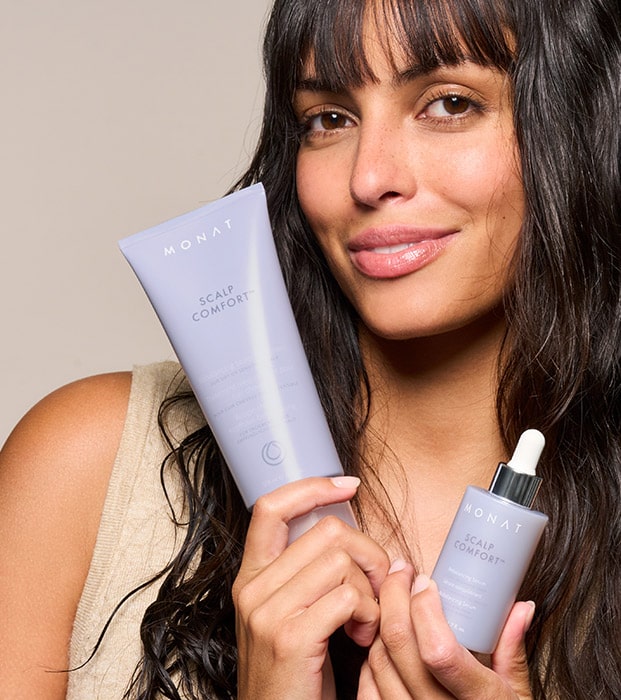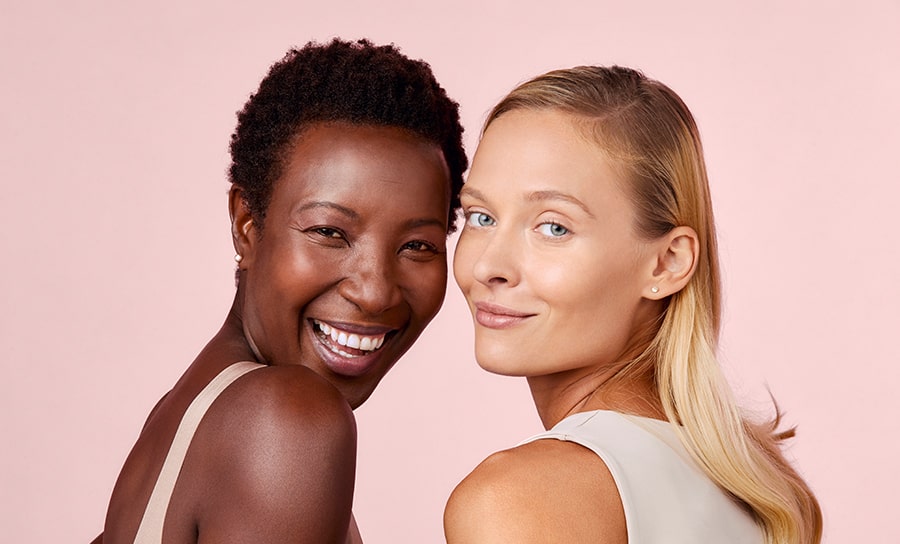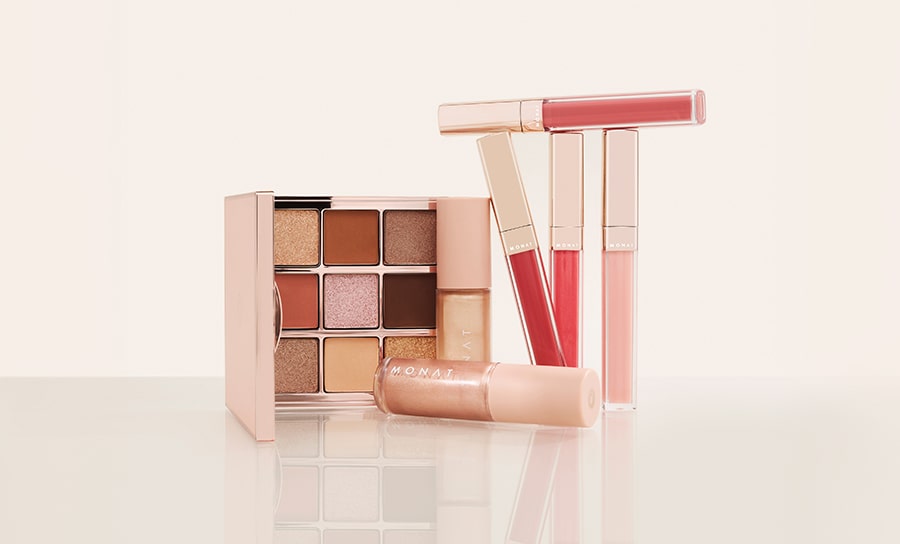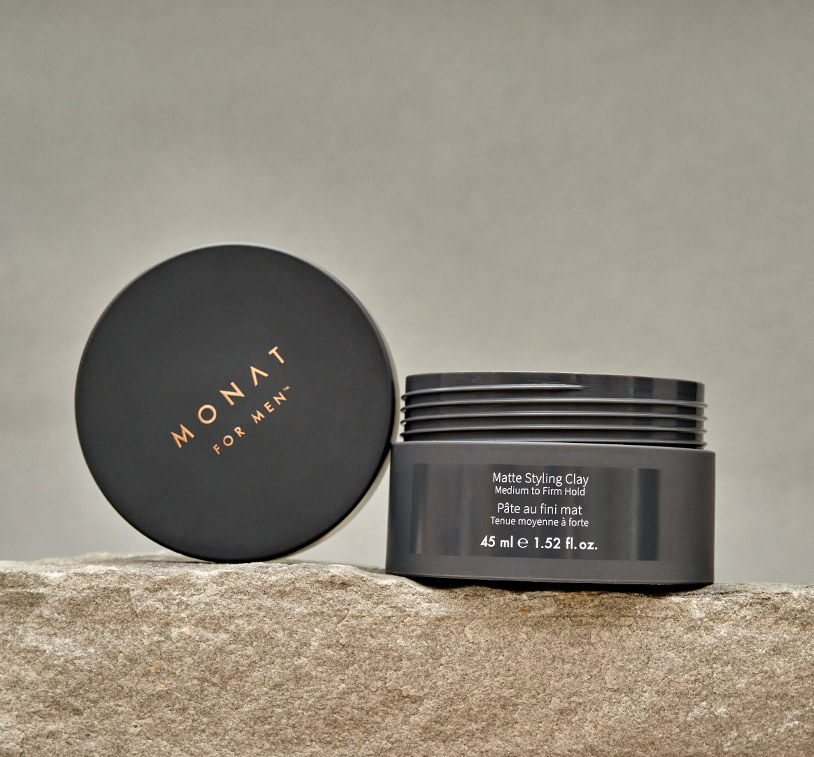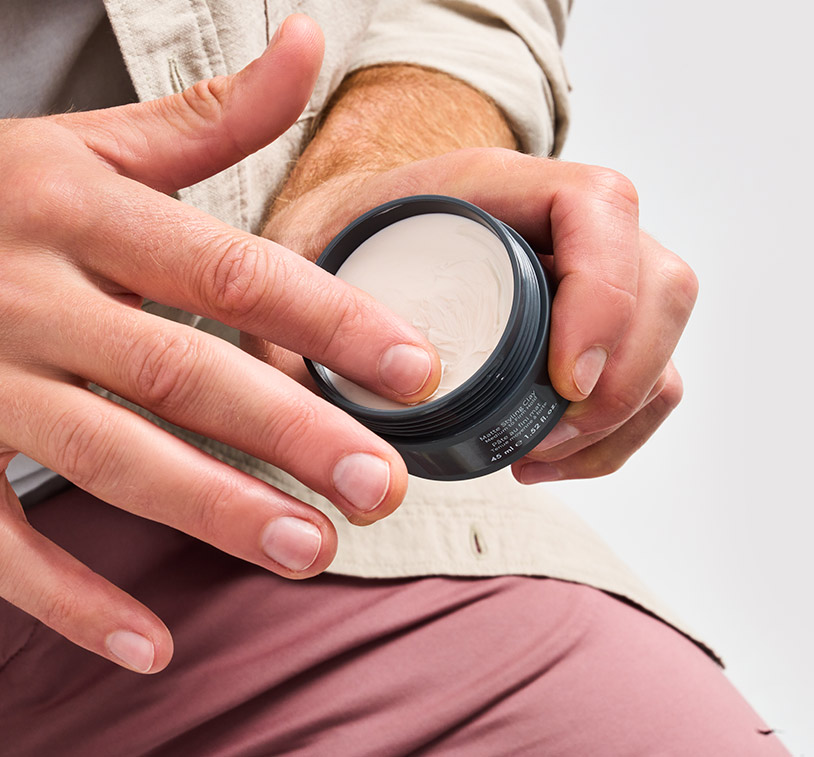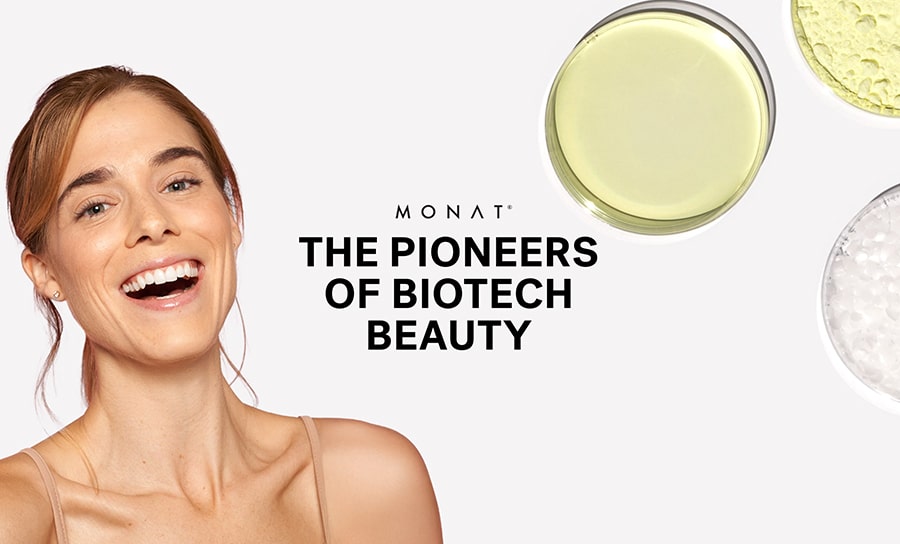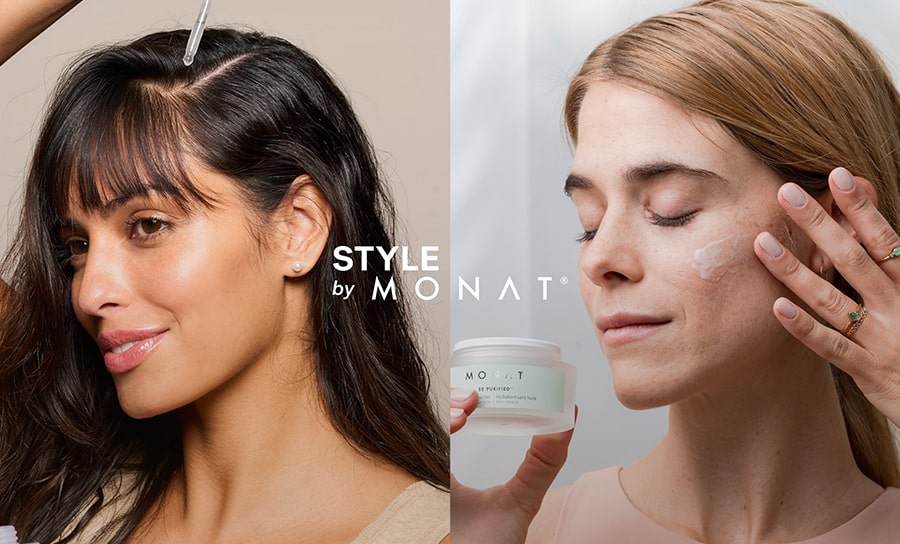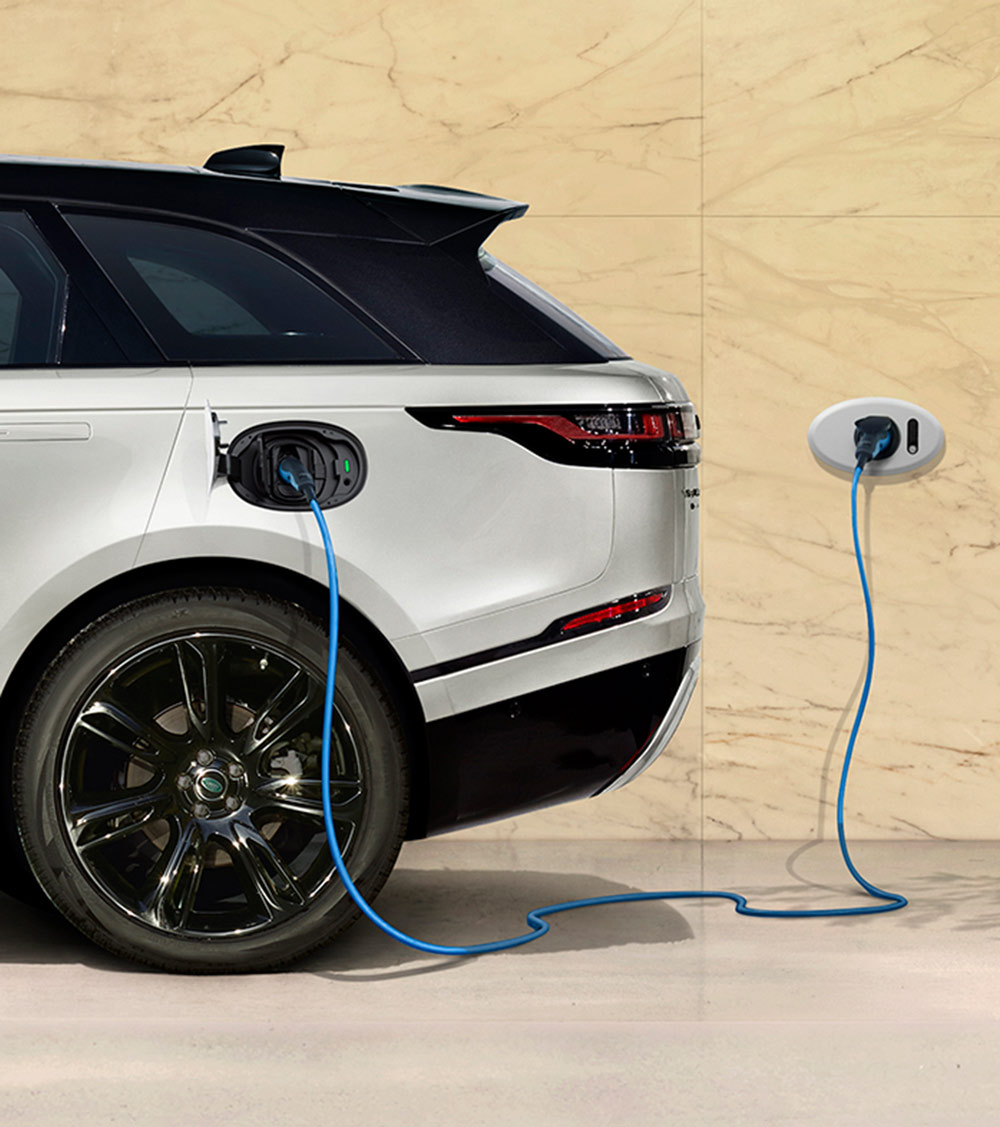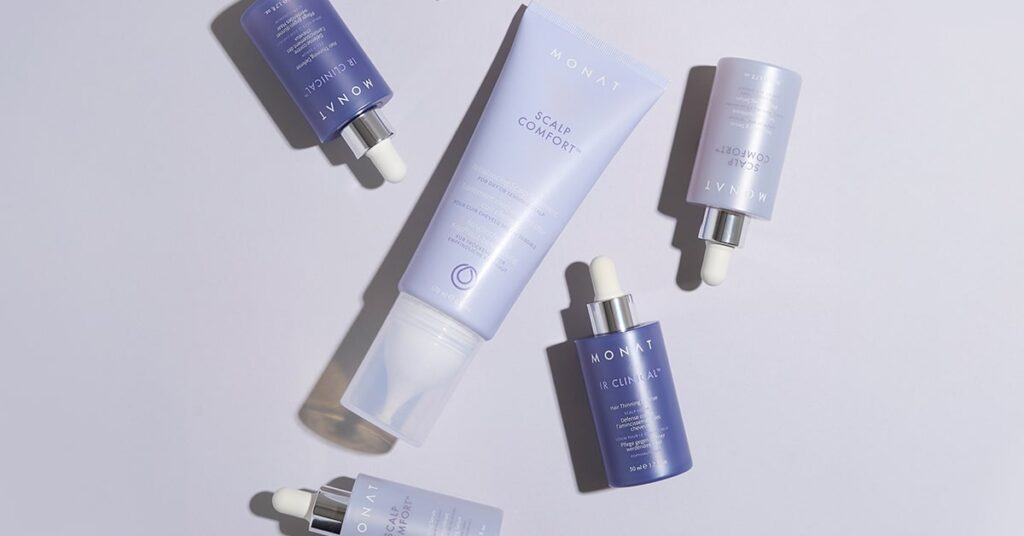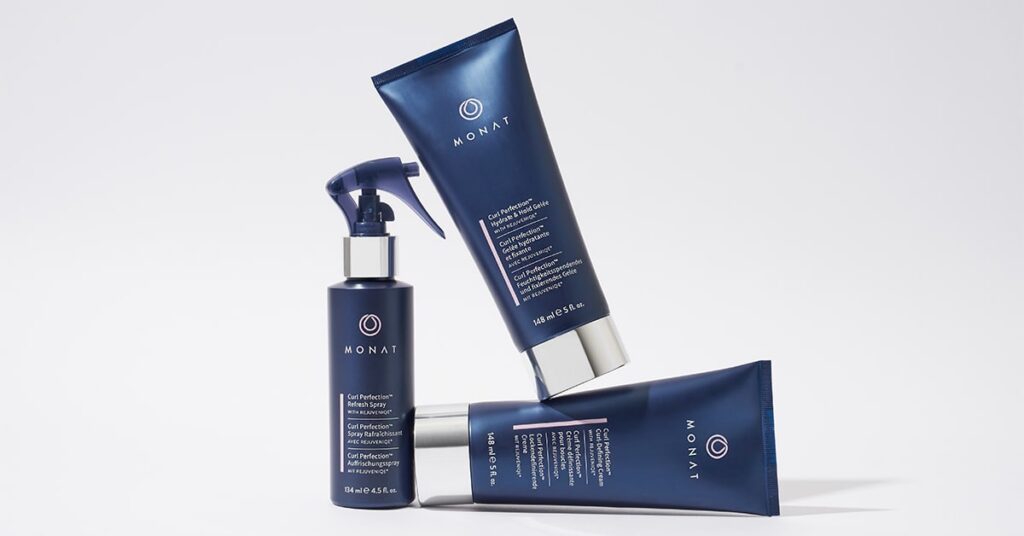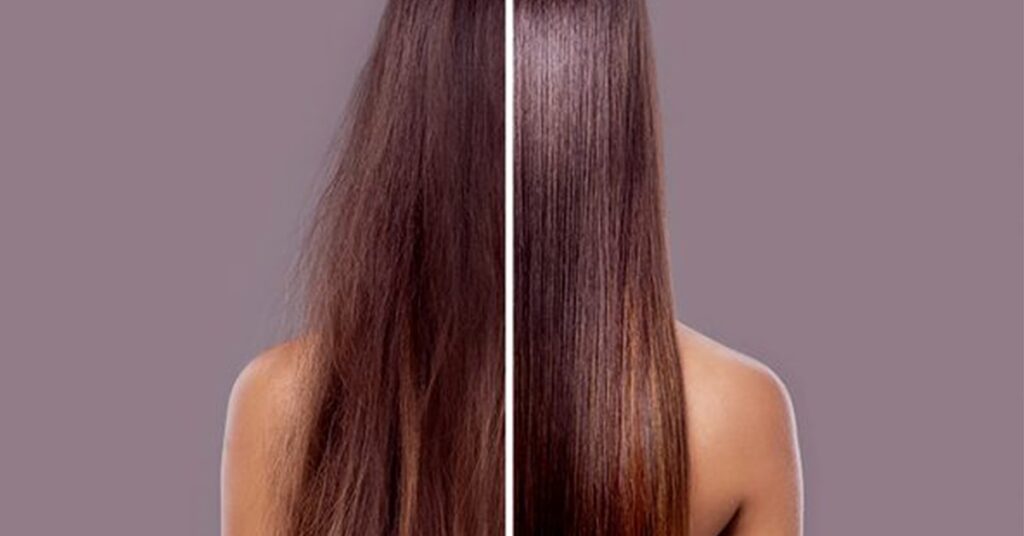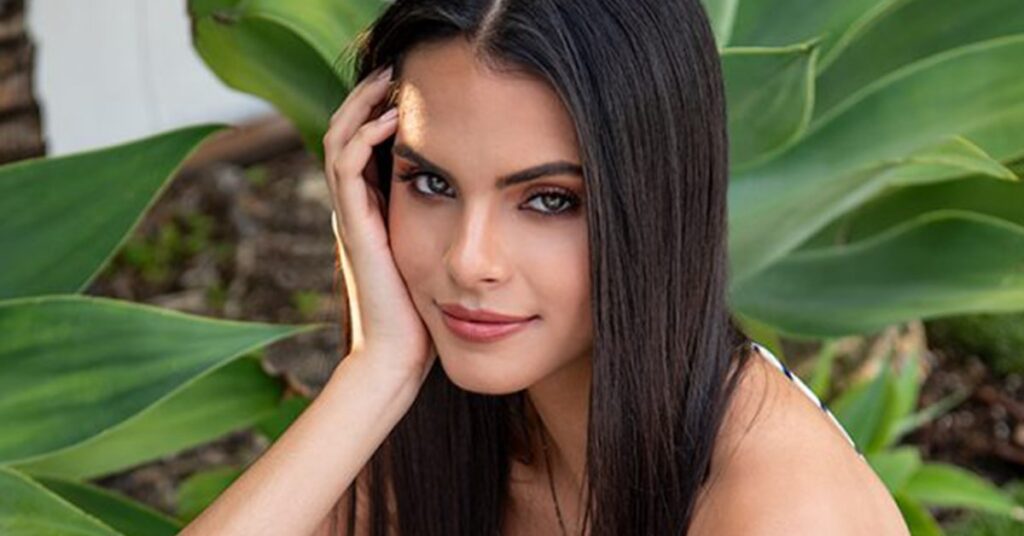
Loving your natural hair and easily caring for it really seems like two different things.
You might love having natural hair, but dislike caring for it.
On the other hand, you might love caring and styling your hair, but dislike its natural texture, look, and feel.
The truth is you can love your natural hair and take care of it easily. In fact, he process of keeping your natural hair vibrant and healthy is easier than you think.
In this article, we will provide some tips on how to best care for natural hair.
What is Natural Hair?
It might seem obvious, but natural hair is defined as “relaxer-free hair”. This means that the hair is in its natural state. For women of color, natural hair has a thick, coarse curl to it. There are varying levels of curl in natural hair; all of which are unique to the individual.
The Problem With Natural Hair
Societal stereotypes are a major reason why African-American women may be reluctant to wear their hair naturally. In fact, evidence shows that many employers question African-American women about their natural hair. The article makes the point that if you feel uncomfortable about your natural hair, then it’s probably not a place you want to work.
However, if you choose to use products to help achieve desired hairstyles, there are options, including hair relaxer products and treatment methods.
How Hair Relaxer Works
As we have explained in some of our other blogs, women with curly hair want straight hair, and vice versa.
The fundamental purpose of a hair relaxer product or treatment is to straighten hair for easy styling. The easier hair is to style, the greater the style variety, which is something most women crave. A hair relaxer helps women achieve the desired styles, which they don’t have naturally.
The chemicals in a hair relaxer product help change hair texture. Relaxer breaks down the curl by altering the hair strand, which lasts for approximately six to eight weeks. After this timeframe, another treatment may be required.
Is Hair Relaxing Dangerous?
It’s also worth noting that multiple, repeated hair relaxing treatments can be dangerous. The chemicals used in a professional hair relaxing treatment can burn. This is because one of the chemicals used is lye, which is known to cause chemical burns, which can lead to scarring. Lye can even cause blindness if it gets into your eyes. o
Furthermore, the use of hair relaxers over a long-term period can also cause other health issues, particularly reproductive problems, including the early onset of puberty in young girls.
The Natural Hair Care Process
Going natural is a fantastic decision. As we mentioned above, there are some natural hair care options, tips, and tricks to help you achieve the desired style, without using dangerous or potentially hazardous products.
However, understand that the natural hair care process doesn’t happen overnight. Natural hair care can take up to approximately two months. So be patient.
Here is a quick look at the natural hair growth process.
The Natural Hair Growth Process
The natural hair growth process involves four key phases:
Phase #1: Anagen
This is the hair growth stage. Depending on genetics, some people have shorter hair growth stages than others. This is why some women have an easier time growing longer hair than others.
Phase #2: Catagen
This is a transitional phase. In this phase, hair is completing its growth and is getting ready to move onto the next iteration.
Phase #3: Telogen
This is the resting phase. This phase is when hair isn’t growing or shedding; it’s just sitting atop your head.
Phase #4: Exogen
This is the hair shedding phase. Although you might freak out when you pull out clumps of hair in the shower or while brushing, don’t. This is completely normal. On average, hair grows approximately half an inch each month (depending on your body’s natural anagen phase, of course).
All in all, understanding the hair growth pattern and phases helps you find and use the best products to help keep your natural hair healthy.
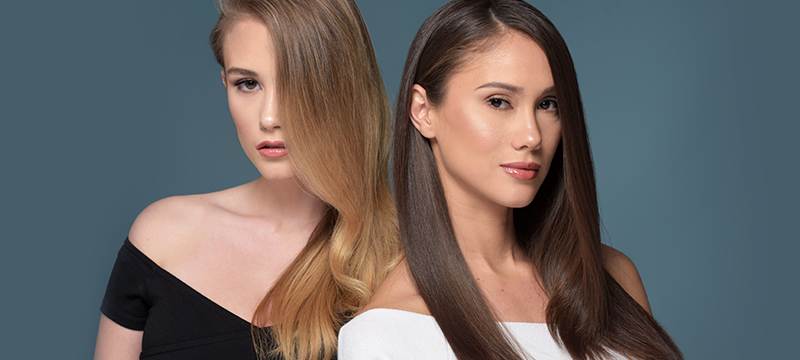
9 Tips for Beautiful Natural Hair
Here are some tips for helping you keep your natural hair looking and feeling beautiful and healthy:
1. Don’t Fret the Dead Stuff
Hair is essentially dead. While this shouldn’t keep you from styling it, it’s important to get regular trims in order to keep ends healthy and preventing hair loss and split ends. Your hair will look cleaner and lustrous.
Additionally, avoid pulling hair too tightly in a bun or ponytail every day. The more hair is pulled and twisted, the more likely it will become damaged.
2. Start at the Scalp
Scalp health is an easy way to make sure your hair has the best environment and conditions to promote natural growth. Monat’s Rejuvenique helps to nourish and hydrate the scalp, allowing for healthier hair growth.
Additionally, some scalp conditions like dermatitis and psoriasis can prevent natural hair growth and even accelerate hair loss. The good news is these conditions are easy to resolve with a doctor’s assistance. He or she will likely prescribe a topical solution to help clear up your scalp, allowing your hair to look better than ever!
3. Baggy is Better
Moisturizing is an important part of natural hair care. There are many different methods, but most women swear by the baggie method. You can use it on your entire head or just the ends of your hair.
The baggie method is simple: Put your hair in a bag or shower cap with a moisturizer or leave-in conditioner. The bag allows your body heat and moisturizer to work their magic without the interference of harmful elements outside the bag. Natural processes for moisturizing are encouraged to make hair healthier.
4. Use Protective Hair Styles
The meeting of form and function is always wonderful. Using protective hairstyles is a way to look youthful. Your hair is less exposed to harm as well. Some examples of protective hairstyles include the parted twist, the low bun at the back, braided twists, pineapple updo, and much more!
5. You are What You Eat
Nutrition is an important part of keeping your organs healthy – and your hair, too. Dehydration, vitamin deficiency, and poor eating habits all prevent your hair from reaching optimal health. Pack your diet with a lot of leafy green vegetables, including kale and spinach to keep your hair healthy.
6. Keep it Cool
Hair that is exposed to heat on a regular basis will eventually become damaged. Heat essentially burns hair. And when hair burns, it becomes dry, brittle, and susceptible to damage and breakage. Allow your hair to naturally air dry or use the T-shirt method for the best results.
7. Carefully Maintain Your Braids
Braids look amazing but can negatively impact natural hair if not properly maintained. Careful braid maintenance includes wrapping hair in a silk scarf before going to bed. Be sure to also redo your braids every four to five weeks. This is because the weight of the braids can prevent new hair growth.
8. Love Your Locs
Locs look great but require different care. Use products that are clear, lightweight, and rinse clean. Avoid using use shea butters, brown gels, or cremes to tighten your locs because they can leave a gunky build up. Stick with aloe vera and grapeseed oil products.
9. Soak Before Shampooing
Shampooing removes the natural oils in your hair. Try soaking your hair before shampooing. This method locks in the natural oils while also removing excess dirt and other build up.
Caring for Natural Hair is Easier Than You Think
Regardless of your hair type or texture, having beautiful natural hair isn’t very difficult, as long as you take the right steps to care for natural hair. Find a style you like and use great, naturally-based products to promote healthy hair growth.
TAGS
KEEP READING
April 11, 2025
Curls, Defined: Your Guide to MONAT Curl Perfection™
April 22, 2024

